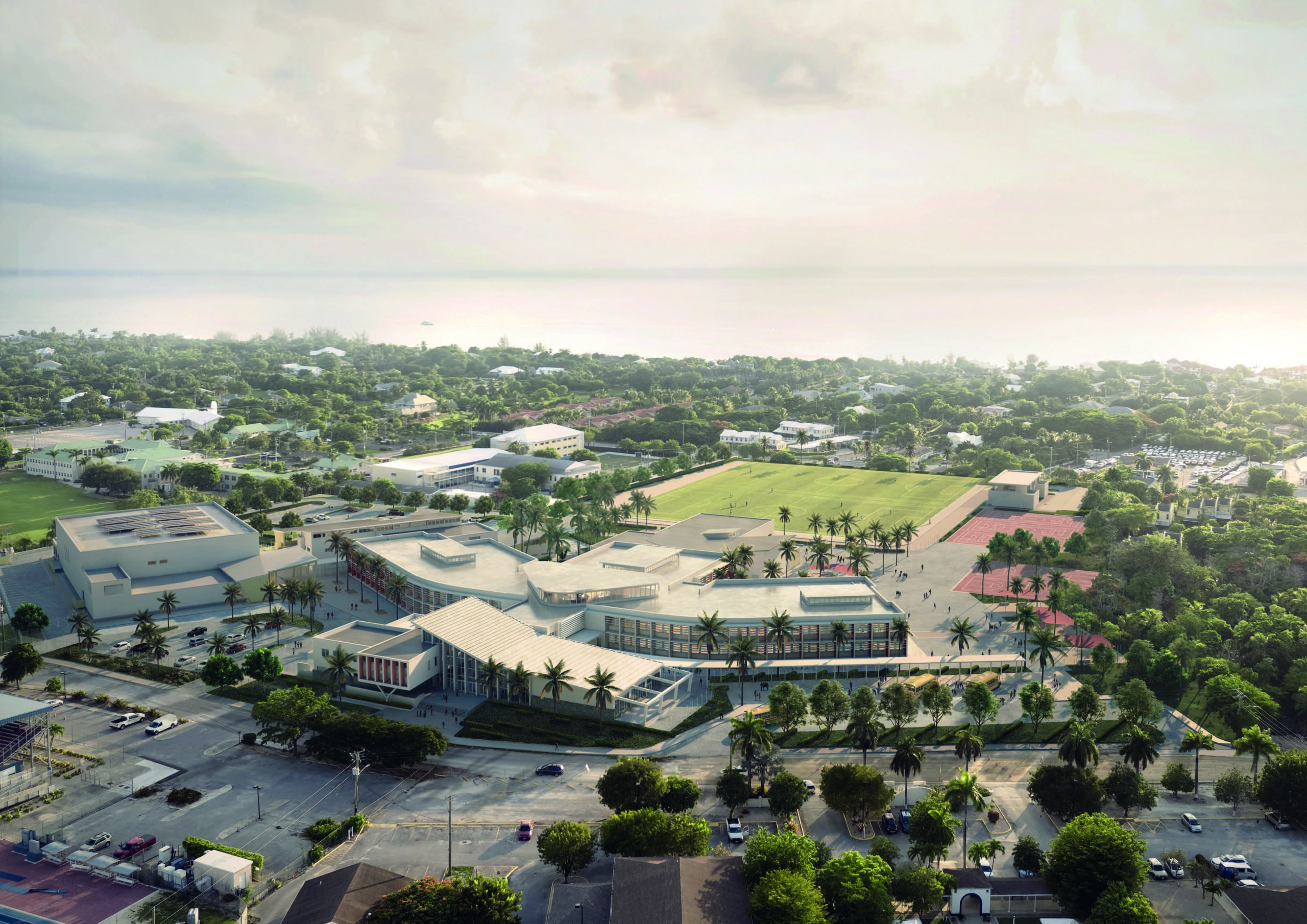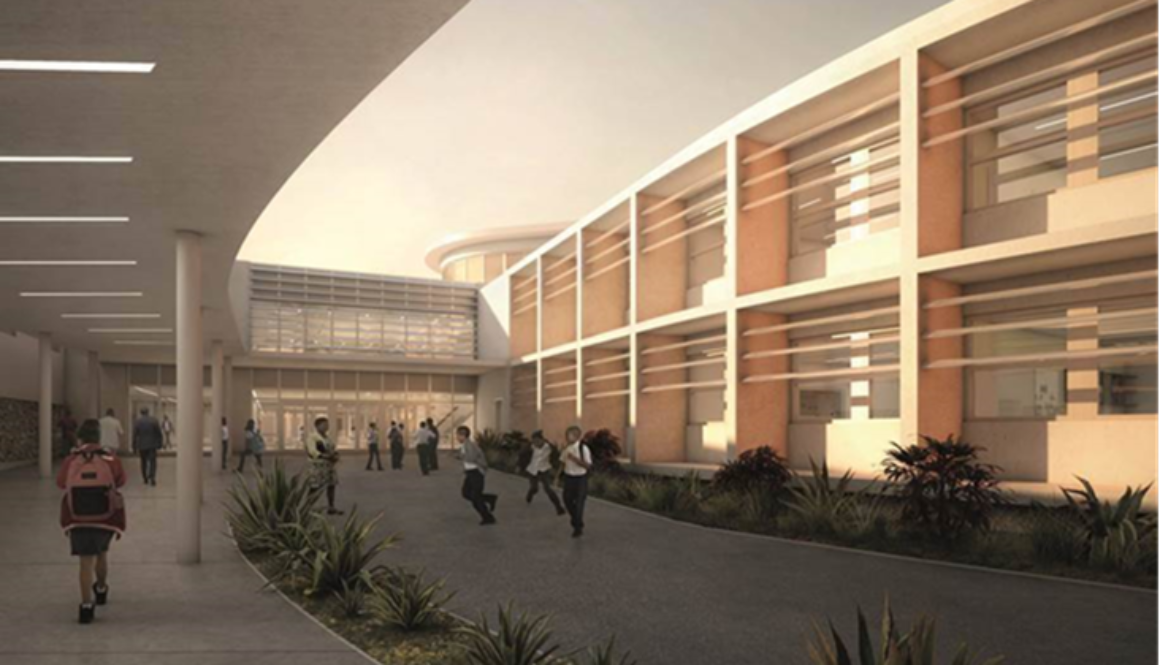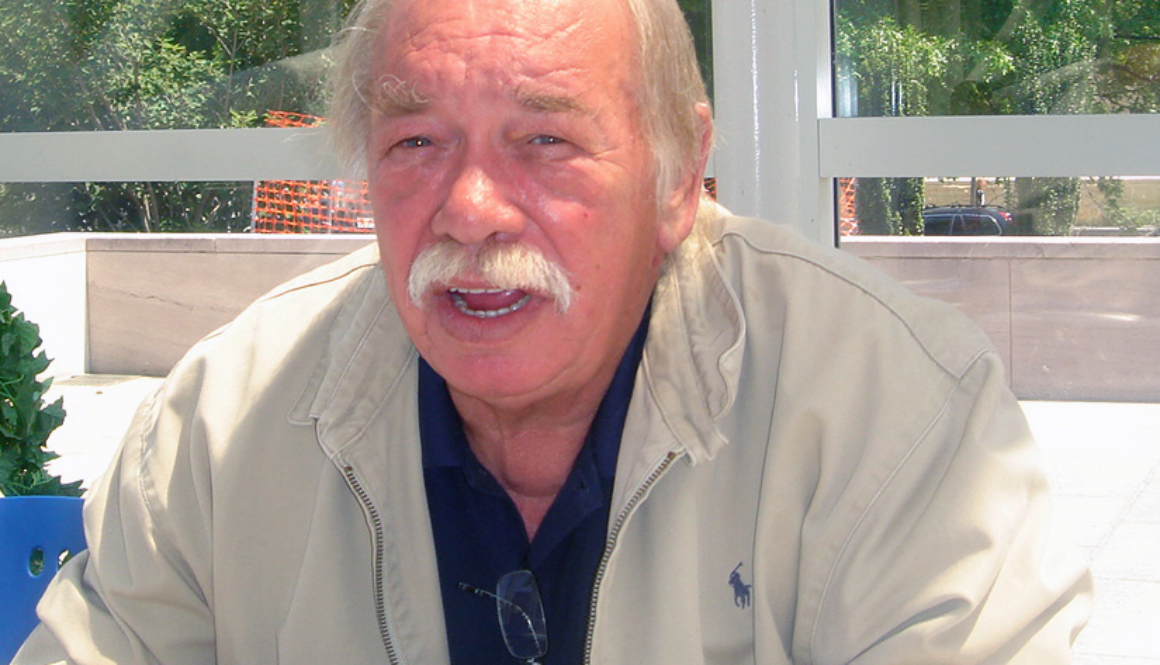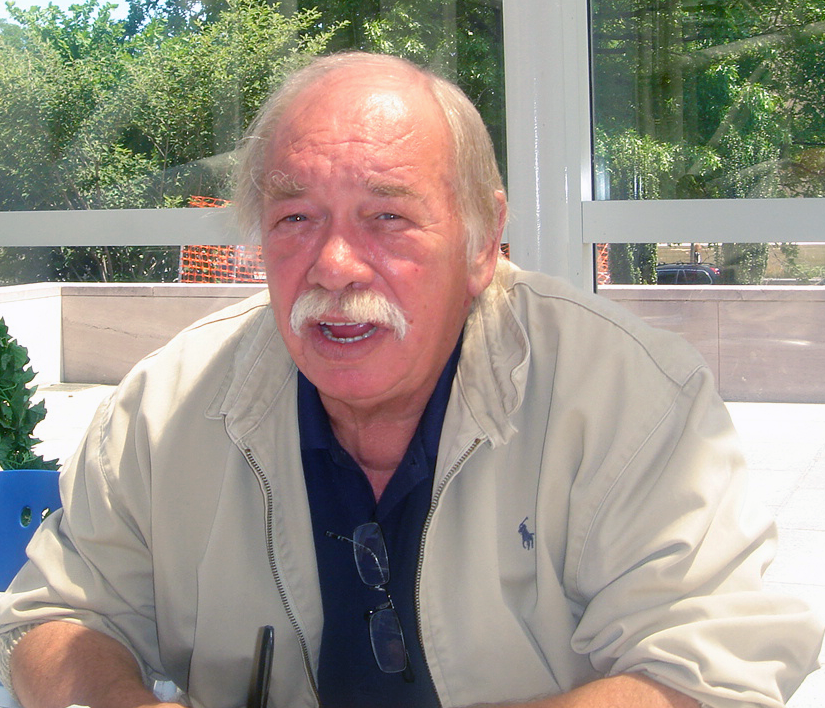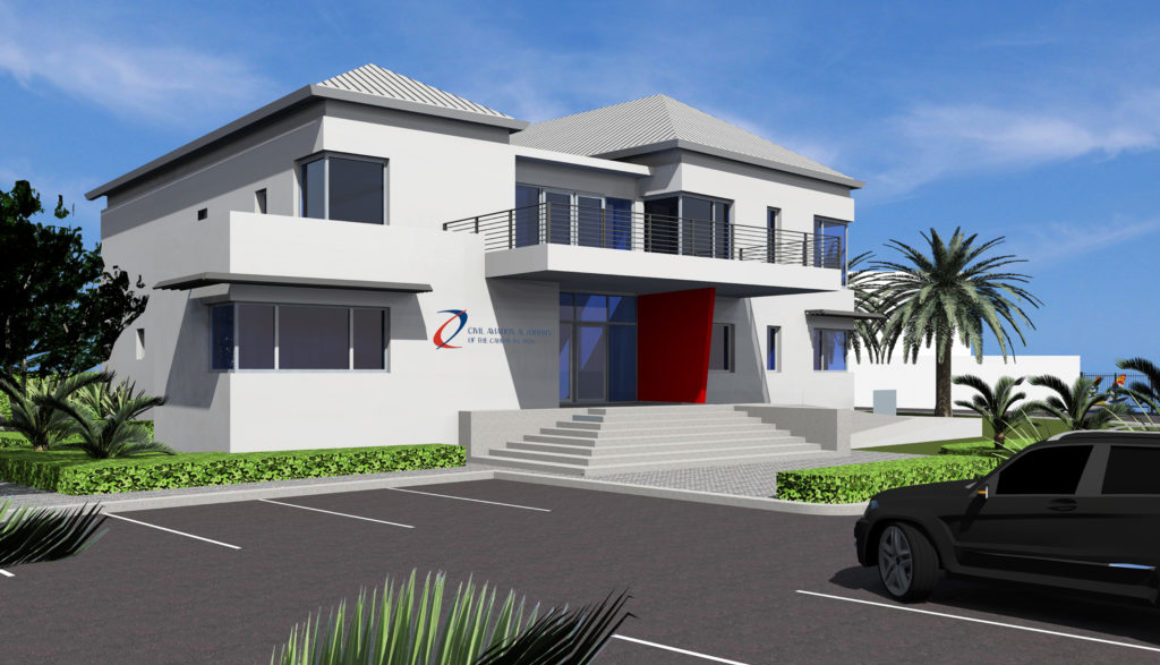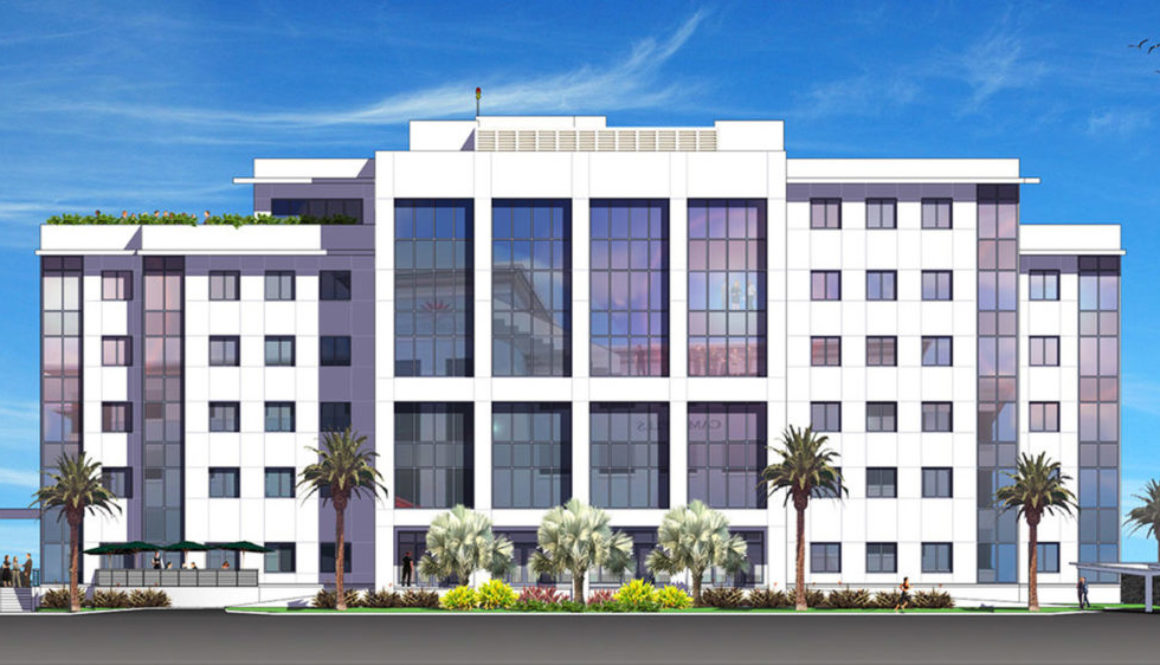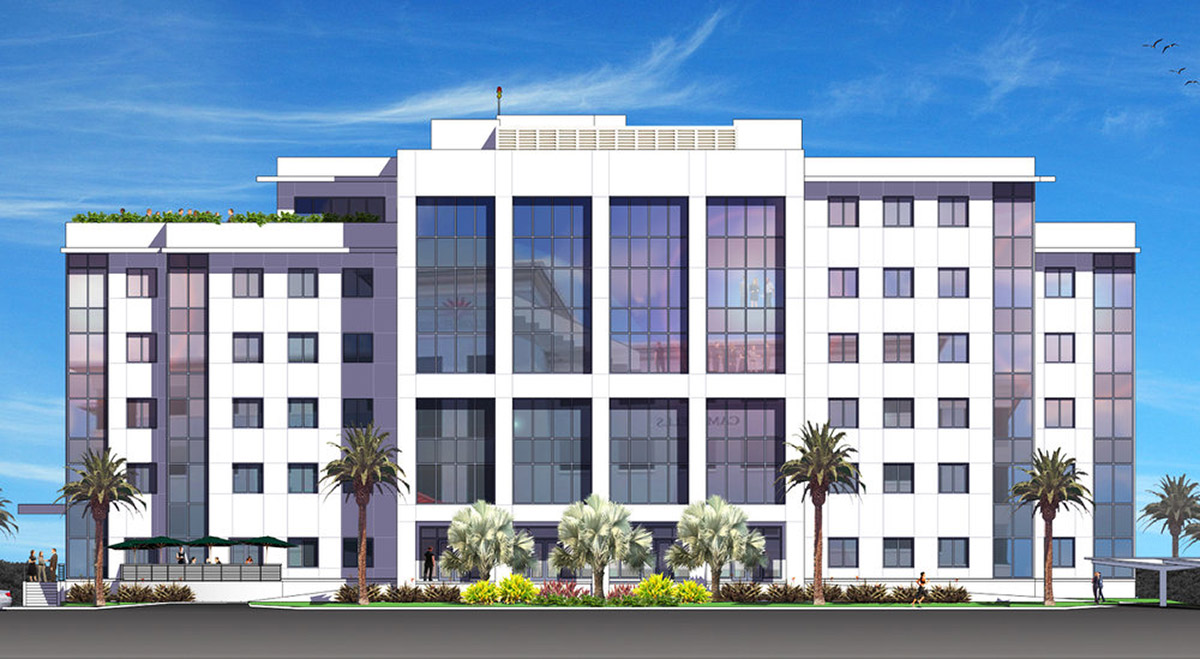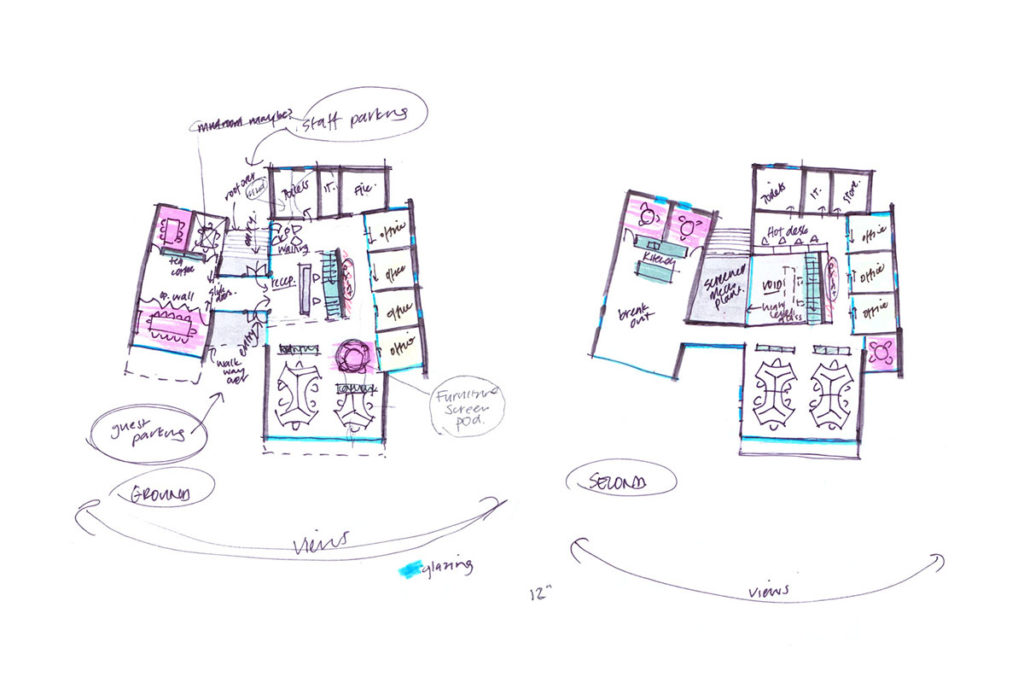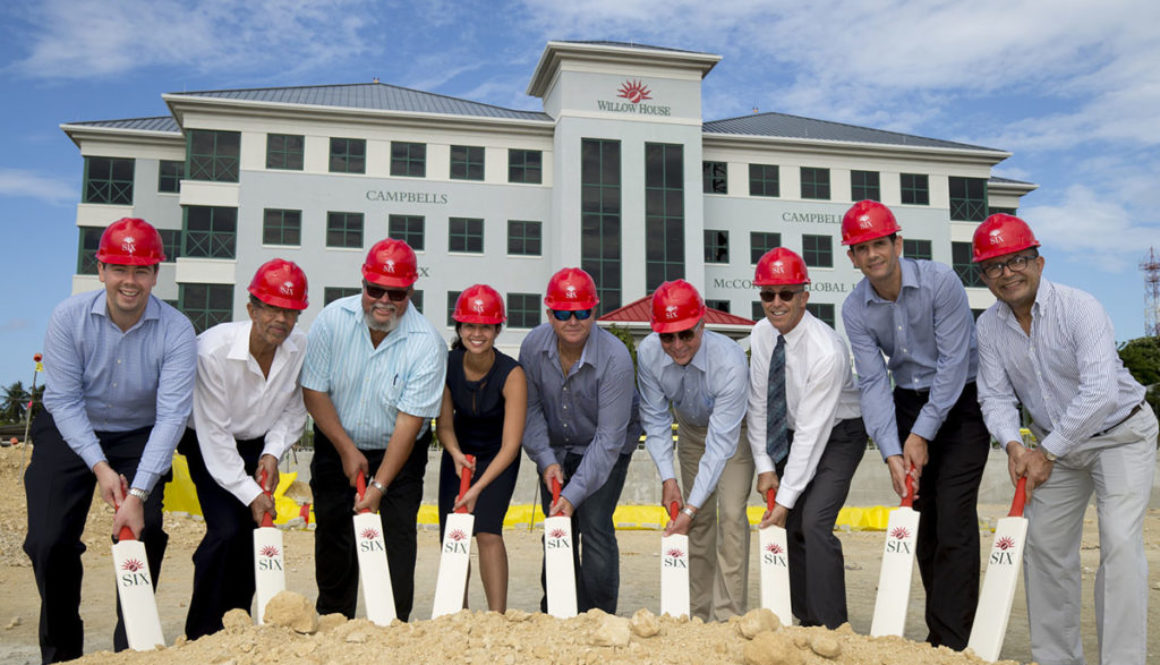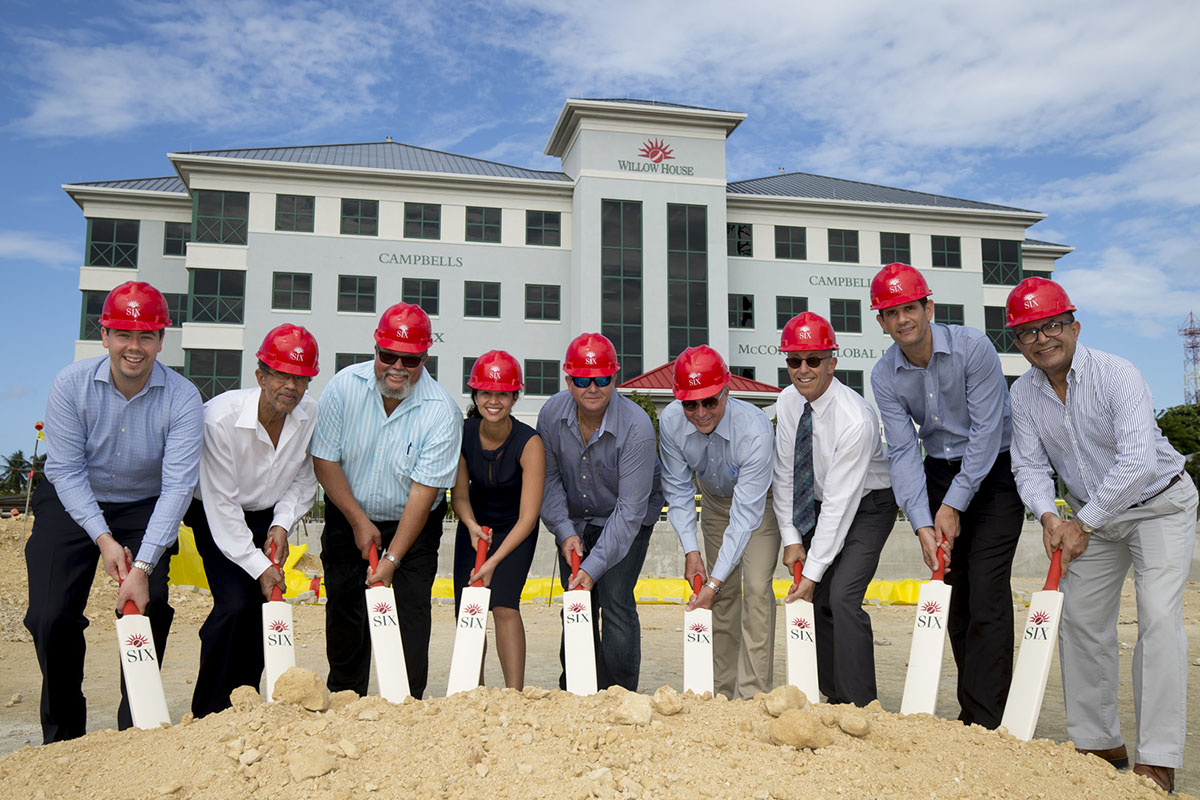NEW JOHN GRAY HIGH SCHOOL
Chalmers Gibbs Architects, as the Lead Consultant for the New John Gray High School, worked collaboratively with an international consulting team in developing the new, state-of-the art secondary school. The scheme integrates three partially-completed buildings which were remaining from a previous school project. The new structure that connects these buildings creates a departmentally-organized high school as a single building rather than a campus.
The current design has been developed through extensive consultation with the school community, government and education authorities to ensure that the facility accommodates current and best educational practice and standards. Energy-conservation and sustainability considerations have informed many aspects of the final design – examples are a solar controlled façade that will maximize daylight whilst reducing solar heat gain and the incorporation of large cisterns for rainwater collection.
The new facility has also been designed as a designated hurricane shelter which will accommodate over 3000 occupants as part of Hazard Management Cayman Islands goal to increase the country’s storm shelter capacity and with the adjacent Gym, constructed 2 years ago, this increases the overall capacity to 5,000.
From the milestone of receiving approval from Planning to commence early works on the new cistern and foundations, significant progress has been achieved with the refurbishment and construction on site. In anticipation of the agreed phased opening refurbishment works to existing buildings are nearing completion with a target to be completed for the new 2021/22 school academic year.
These sectors include the building / construction, automotive, clothing & textile, robotics and home economics workshops; a new performing arts sector with dance & drama, music studios as well as a double-purpose performance theatre/assembly hall; the main entrance, administration offices, health suite, commerci.al kitchen and inclusion/nurturing rooms. The construction of the new structure that links the three existing buildings is progressing very well. These sectors house the classrooms for core subjects, visual arts & humanities classrooms, ICT labs, main dining hall, and library which will be the central hub of the new school.
Each sector will have their informal collaboration staircases which connects the first and second floors and provides added internal space for seating, meetings and collaboration. An abundance of daylight enters these double height spaces through clerestory glazing.
